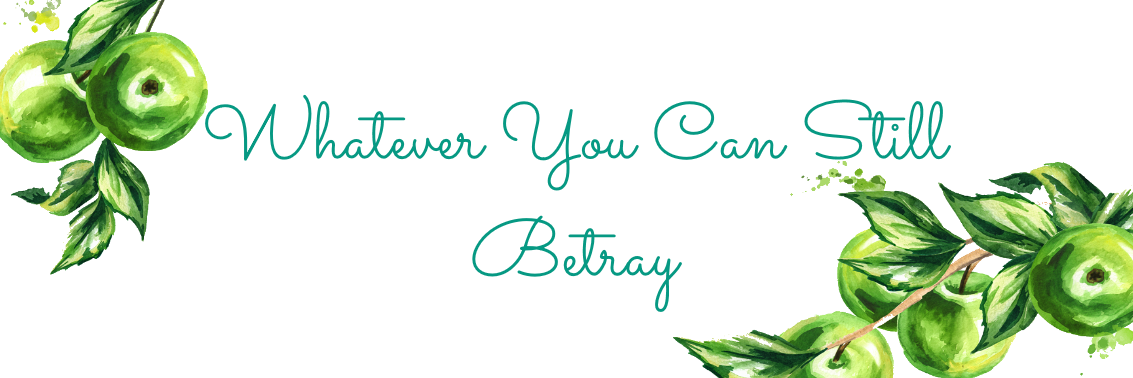Esther Friesner
Publication Date: April 24, 2012
from Netgalley
Blurb from Goodreads:
Himiko the beloved daughter of a chieftain in third century Japan has always been special. The day she was born there was a devastating earthquake, and the tribe's shamaness had an amazing vision revealing the young girl's future—one day this privileged child will be the spiritual and tribal leader over all of the tribes. Book One revolves around the events of Himiko's early teen years—her shaman lessons, friendships, contact with other tribes, and journey to save her family after a series of tragic events. Once again, Esther Friesner masterfully weaves together history, myth, and mysticism in a tale of a princess whose path is far from traditional.
The early history of Japan has always been cloaked in shadows. Oh, you may know about the Jomon jidai, the Yayoi jidai, the Kofun jidai but these periods were all named and based on the archaeological evidence, i.e. pottery, dug-out dwellings, etc. Based on these physical remains of that bygone days, you could perhaps estimate what their culture was, how they lived, what they made but the their lives, their everyday lives, we could only imagine.
The most famous account of early Japan was written in two books, the Kojiki and theNihon Shoki which were written in 712 and 720 respectively. They contain songs, poems, myths, and often exaggerated tales - as all history before at least the 14th century. But the books only properly tell the tales starting from the reign of Emperor Jimmu who was a descendant of the goddess Amaterasu. His reign was the formal start of Nihon.
What then? Wasn't there a "Nihon" before Jimmu?
In about 300 CE, there was written an account in Chinese records about a so-called Land of Wa. In this land there existed a hundred states and political units vary in size headed by kings or queens.
And the most notable about these rulers was Himiko.
Himiko was always in obscurity. My history class only mentioned her in passing and neither the Kojiki nor the Nihon Shoki ever mentioned her. But the Wei Zhi of the Cao Wei Kingdom and Korea's Samguk Sagi have mentioned her.
But those smallish accounts never satisfied my curiousity and I've always wondered how a woman became so powerful in Nihon, what her life was. And perhaps that's the reason why I was drawn to Spirit's Princess.
Esther Friesner wove a tale of a girl - the only girl in a family who looked up to her older brother, who wanted to prove herself to her chieftain father and who was trying to find her place in her world. Friesner has written a girl who is strong and capable, intelligent and witty - a girl who is not Cinderella, not a damsel-in-distress (a characterization I dislike).
Spirit's Princess covered her childhood and her initial journey to what she will become. It was fast-paced and did not dawdle in the nine years that it chronicles. However, it simply laid the background, the plotpoints of what is to come snce there are many things that have the potential to be explored in her story. We could all suppose because not even the scholars know what really happened in that age, so long ago.
Haters gonna hate but weaving a tale on only such few sand grains, well, it will all be up to the imagination and I think Esther Friesner did it well.
I would definitely read the sequel, Spirit's Chosen.
ETA (January 7, 2013)
There has been outrage about this book regarding the setting, the time period, the supposed culture and way of life in that time period, the names, and Himiko herself. I do agree that the author took a lot of liberties with the things mentioned above and they were all somewhat sacrificed to make a romanticized tale of this obscure historical figure. There are a lot of inaccuracies, I say, a lot. I know that. She should have done more research or tell the readers that she had made some huge leeway from what the historical and archaeological books say so as not to mislead readers to think that this is really ancient Japan whether it happened in the Yayoi or the Kofun period.
Despite the huge errors I found when I was reading the book, I still enjoyed reading it for I knew that what I was reading was fiction. Still fiction. Not an autobiography. And if I wanted to know more about the real deal, I would do my own research and go to the big books and study stuff.


































No comments:
Post a Comment